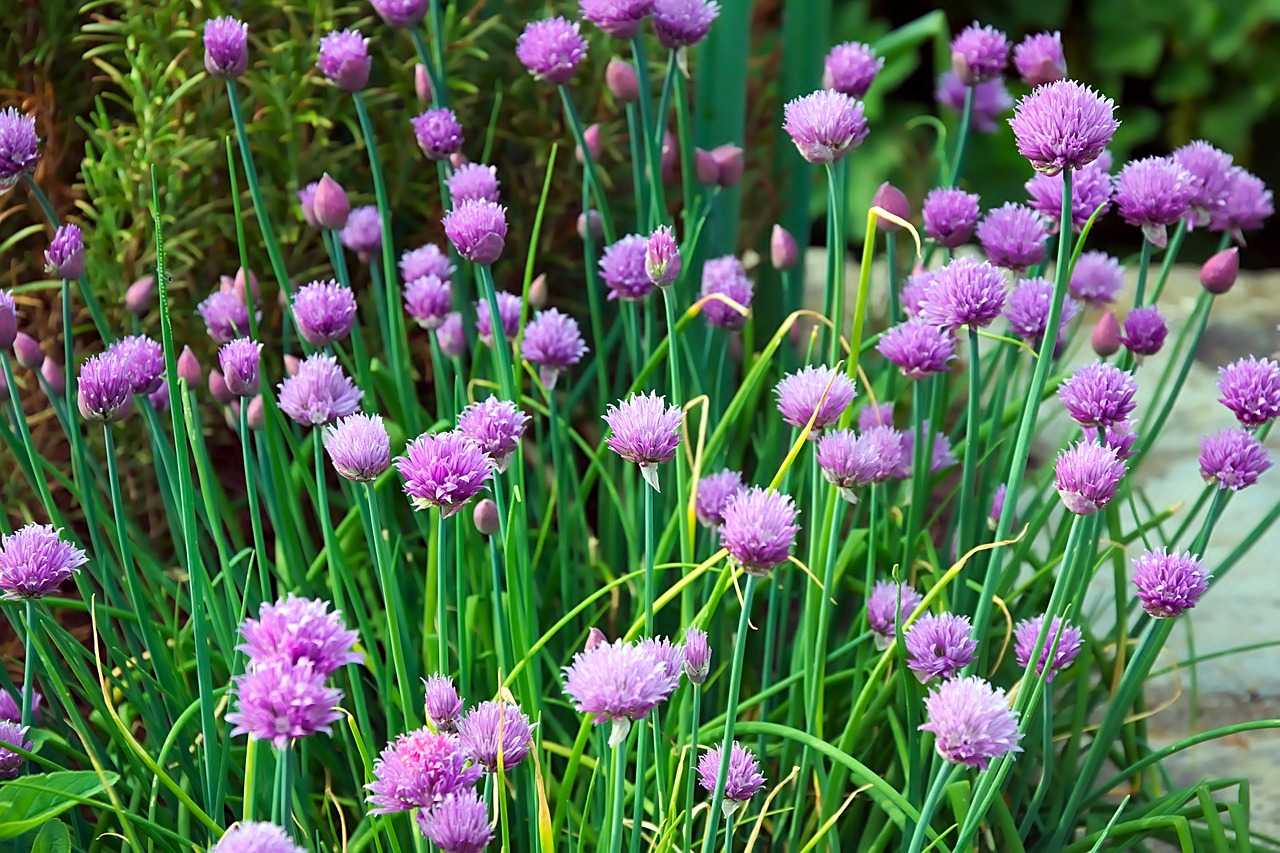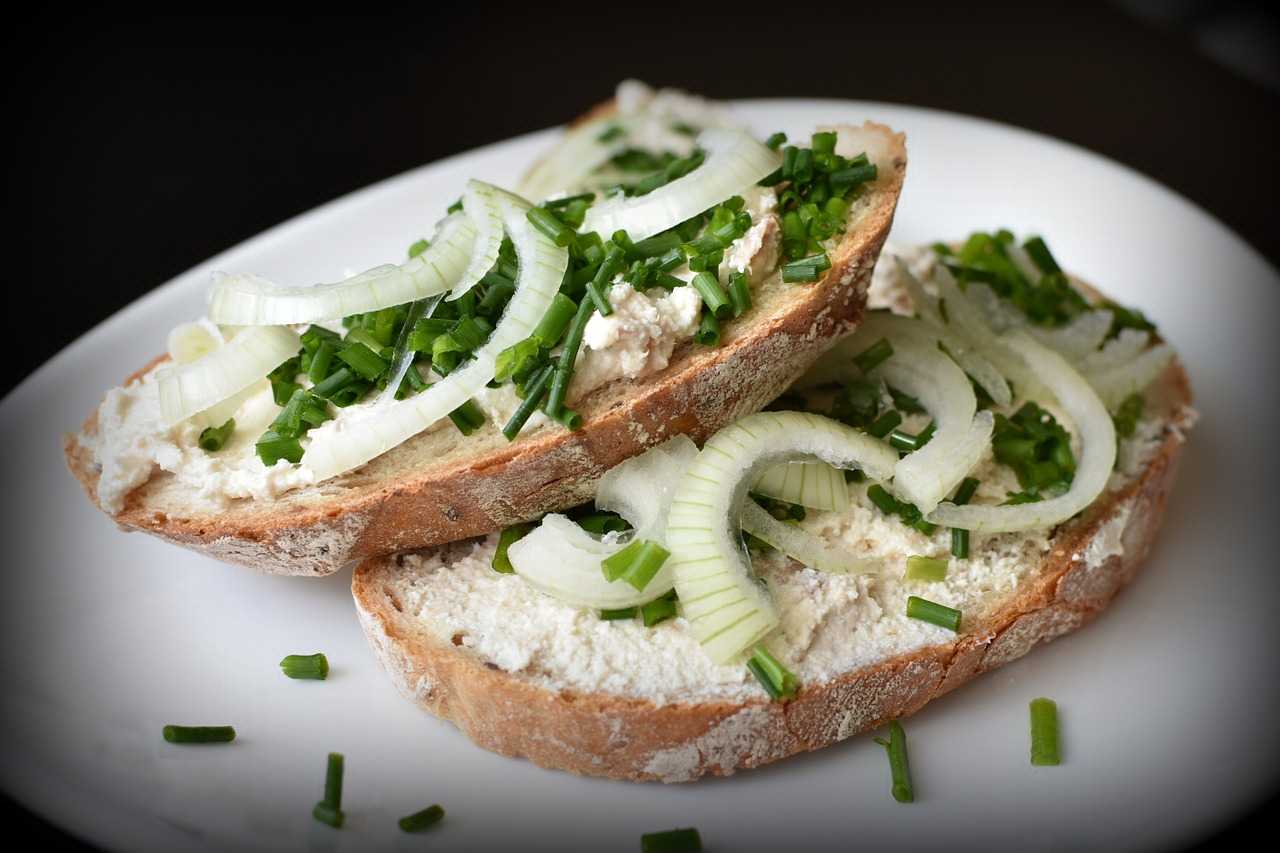Chives Herb
(and several other varieties)
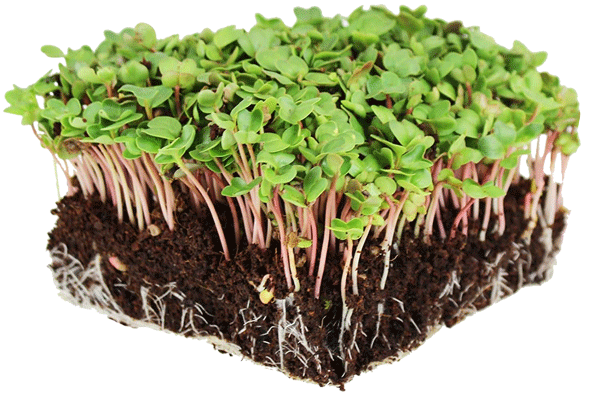
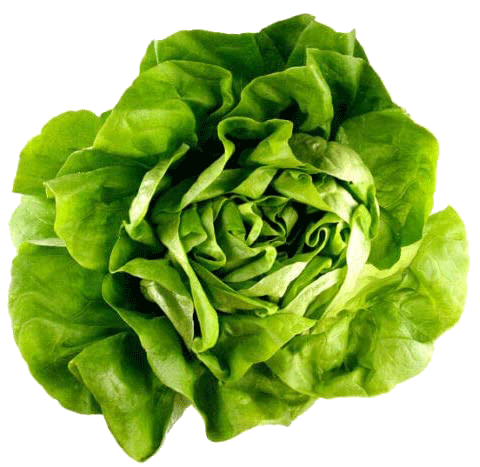
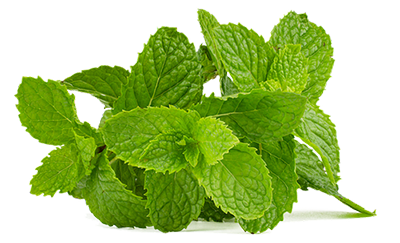
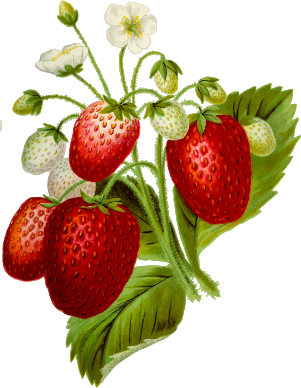
Chives herb is part of the Allium genus, which includes onions, garlic and leeks. It is a perennial plant, naturally occurring across the lands of Asia, Europe, and North America. Chives is a bulb-forming herbaceous plant that stands 12 to 20 inches in height, providing a good amount of nectar for pollinators.
Chives have been cultivated in Europe since the Middle Ages, though their usage dates back much further – 5,000 years. The Romans believed they were medications for sunburn, sore throat, blood pressure and a diuretic.
Presently, chives are popularly cultivated around the world for their culinary and medicinal properties. They are often found in home gardens and even sold in grocery stores as essential garnish and ingredients.
In general, chives herbs feature a mild, not-too-pungent flavor. Their stems, being part of the herb, are fresh and hollow. They are usually chopped and used as a garnish in many recipes such as salads, baked potatoes, soups, sauces and omelets. Chopped chives blended into butter produces chive butter frequently served with roasted poultry or grilled steaks.
Aside from culinary uses, chives are also cultivated for their ornamental value. The plant’s violet flowers make good and attractive ornamental dry bouquets. However, since these flowers are edible, they are sometimes used in vegetable and flower salads.

